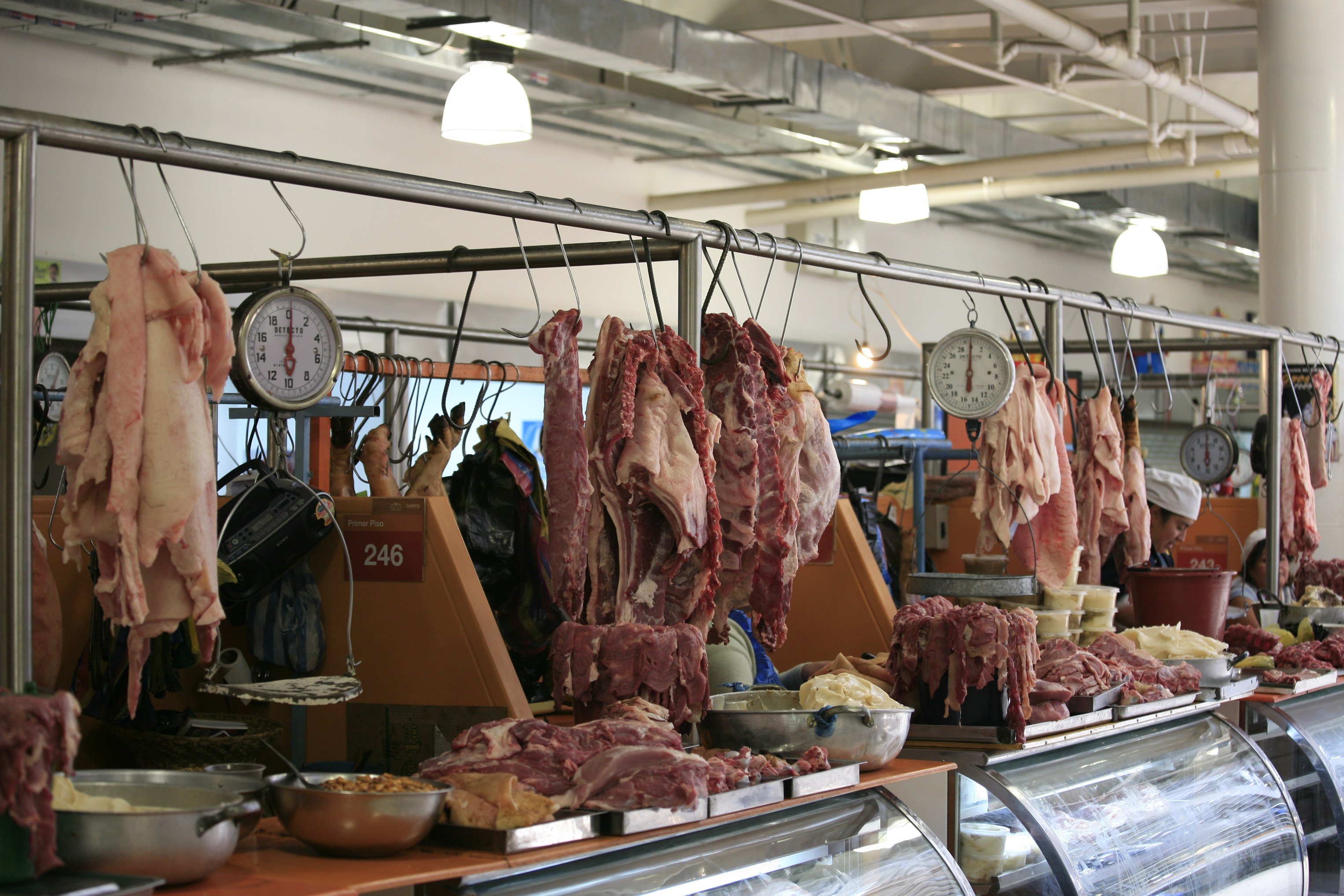Obtain the most effective Deals on Fresh Meat at Bagley Farms Meat Market Edwardsville IL
Obtain the most effective Deals on Fresh Meat at Bagley Farms Meat Market Edwardsville IL
Blog Article
Discover the Art of the Butcher's Cut in a Modern Meat Market
In the ever-evolving landscape of modern-day meat markets, the butcher's cut has actually transcended its conventional origins, merging old-time craftsmanship with modern techniques. What genuinely establishes the modern butcher apart is their capability to create a much deeper connection between customers and the origins of their meat.
Evolution of Butchery Methods

The mid-20th century saw butchery strategies further refined by scientific understandings right into muscular tissue biology and meat aging, improving both inflammation and taste. Technologies like vacuum cleaner product packaging and refrigeration extended item shelf-life, permitting butchers to branch out offerings and enhance quality assurance. This duration additionally marked the rise of specialized devices, such as band saws and meat slicers, which boosted accuracy and performance in meat processing.
Computerized systems now assist in monitoring animal provenance and maximizing cuts to satisfy certain consumer choices. Additionally, a renewal in artisanal butchery has emerged, mixing traditional abilities with contemporary expertise to cater to consumers looking for moral and lasting meat alternatives.

Recognizing Meat Cuts

Recognizing the details of meat cuts is necessary for both butchers and customers looking for top quality and worth. For butchers, accurate cuts mirror ability and respect for the craft, making certain marginal waste and ideal return.
The primary classifications of meat cuts consist of primal, sub-primal, and retail cuts. Butchers then break these down better into sub-primal cuts, before ultimately generating retail cuts available to customers, like ribeye or tenderloin.
Comprehending muscle mass make-up is vital; muscular tissues made use of much more frequently by the pet often tend to be tougher and are best suited for sluggish cooking approaches, while less-used muscles, like those discovered in the loin, are a lot more tender and perfect for cooking or roasting. Knowledge with these distinctions encourages consumers to make informed selections, enhancing their culinary ventures.
Choosing Quality Meat
Choosing the right meat includes more than simply choosing an aesthetically attractive item from the display. The art of selecting high quality meat needs a discerning eye and expertise of specific features that represent quality and quality.
Secondly, think about the marbling, which refers to the white streaks of fat within the muscular tissue. Proper marbling is a vital indicator of tenderness and taste, as it melts during cooking, enhancing the meat's juiciness. Keep in mind, greater marbling often correlates with premium quality cuts, such as USDA Prime.
Appearance is one more essential aspect; meat needs to really feel firm to the touch, not slimed or overly soft. Additionally, bear in mind the fragrance. Fresh meat needs to have a clean, neutral scent, without any type of sour or off-putting smells.
Pairing Cuts With Food Preparation Techniques
Effectively coupling cuts of meat with the appropriate food preparation approaches is vital for attaining optimum flavor and structure. These techniques boost the meat's natural tastes and make certain a juicy surface.
Alternatively, tougher cuts like brisket and chuck roast are rich he said in collagen, which breaks down right into jelly when cooked slowly. These cuts are excellent for braising or slow roasting, enabling the meat to tenderize gradually and create deep, intricate flavors. In a similar way, cuts such as short ribs and pork shoulder prosper with slow-cooking approaches, where extended cooking times transform their robust appearances right into delicious dishes.
Lamb shanks and oxtail, which need prolonged food preparation to soften, are ideal prospects for cooking or slow-moving simmering. These methods coax out rich, passionate flavors while keeping dampness. By recognizing the unique features of each cut, cooks and home chefs alike can elevate their culinary developments, making sure each recipe is both pleasing and unforgettable.
The Butcher's Role Today
Browsing the progressing landscape of the modern meat market, the butcher's duty today extends beyond simple prep work of cuts. Contemporary butchers are cooking artisans, educators, and supporters for lasting practices. They bridge the space in between the farm and the fork by guaranteeing ethical sourcing, comprehending pet husbandry, and prioritizing openness in the supply chain. This shift shows the growing customer need for high quality over amount, where provenance and animal well-being are vital.
Along with crafting accurate cuts, butchers now involve directly with consumers, providing cooking guidance and tailoring choices to fit individual requirements and preferences. Their knowledge in meat aging, marbling, and flavor profiles equips consumers to make educated choices, boosting their cooking experiences. This individualized service exemplifies the butcher's evolving role as a relied on consultant in the kitchen area.
Additionally, butchers are essential in lessening waste, making use of whole pets to from this source create diverse products such as sausages and stocks - bagley farms meat market edwardsville il. This detailed technique not only values the animal but likewise straightens with contemporary sustainability objectives. By doing this, the modern-day butcher personifies both custom and development, adapting to an ever-changing market while maintaining the artistry and honesty of their craft

Conclusion
The modern butcher's craft delicately weaves traditional strategies with modern you could check here developments, stressing lasting methods and ethical sourcing. Proficiency in comprehending varied meat cuts and quality signs empowers butchers to offer enlightened suggestions, straightening specific cuts with optimum food preparation techniques. This know-how not just boosts cooking experiences but additionally strengthens the link in between customers and the beginnings of their food. By recognizing historical techniques while embracing contemporary needs, the butcher's function continues to be important in today's advanced meat market.
Report this page